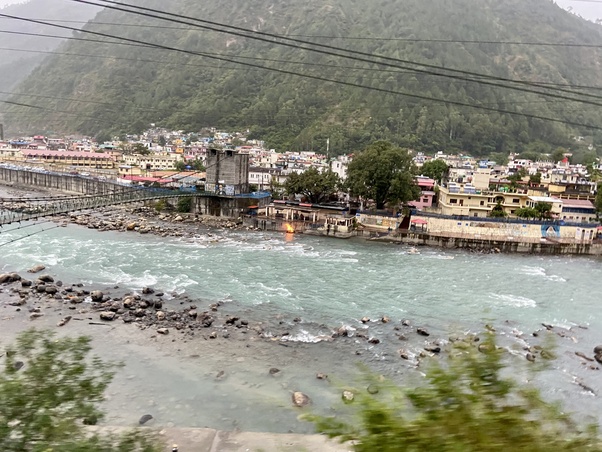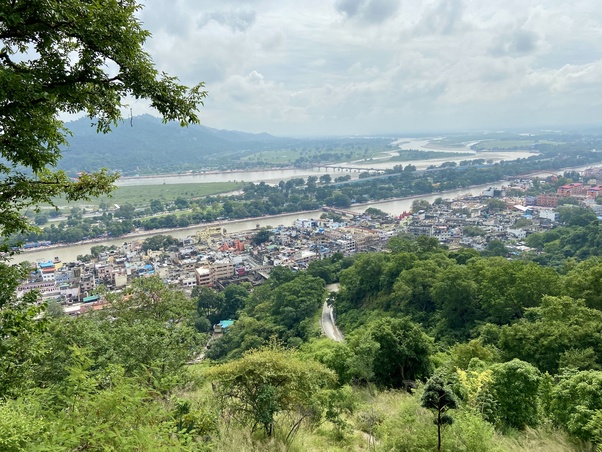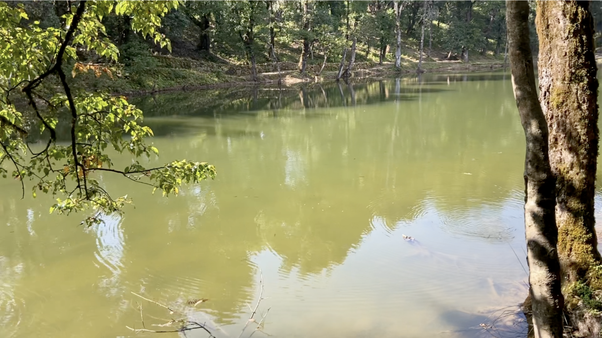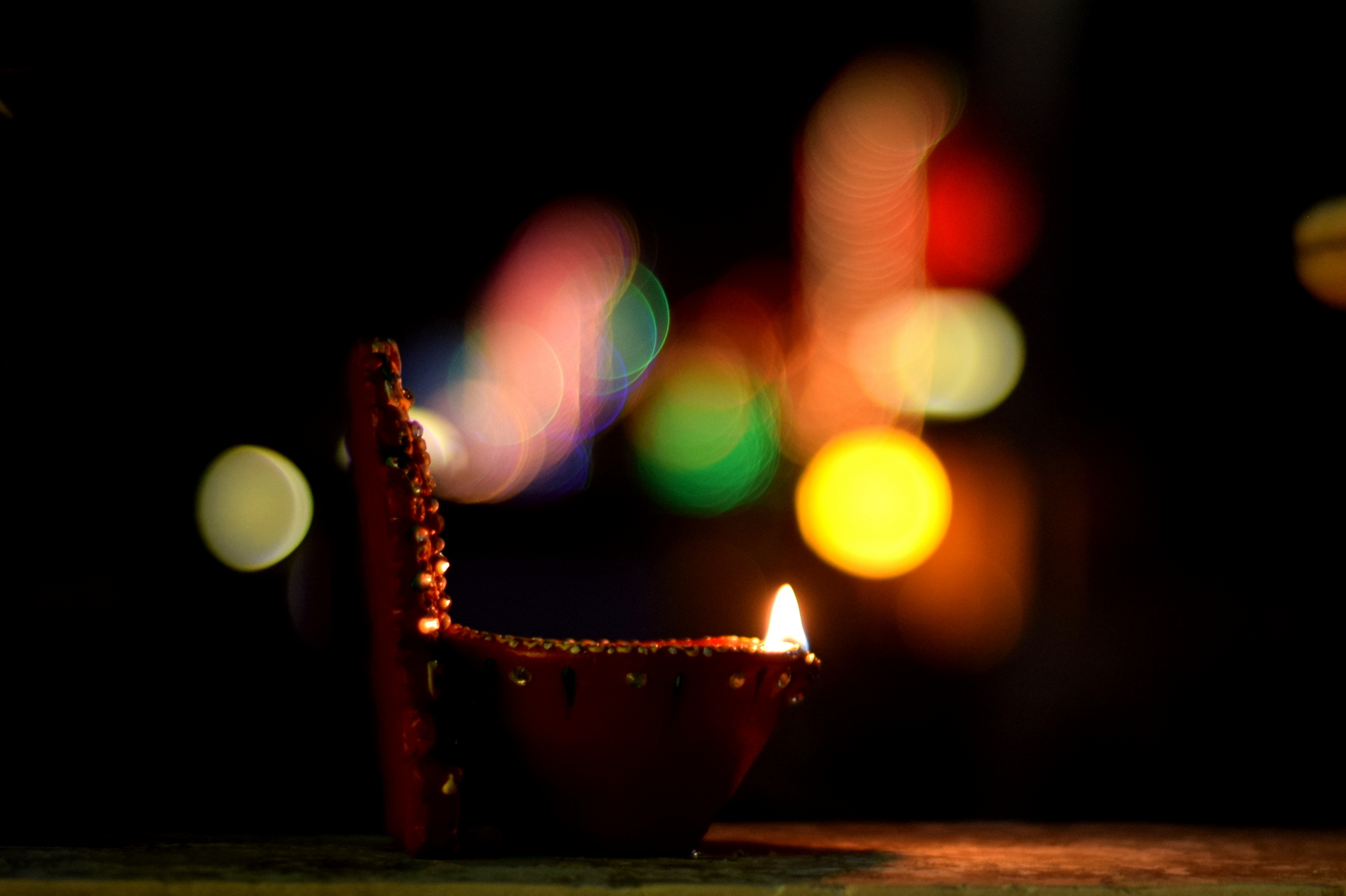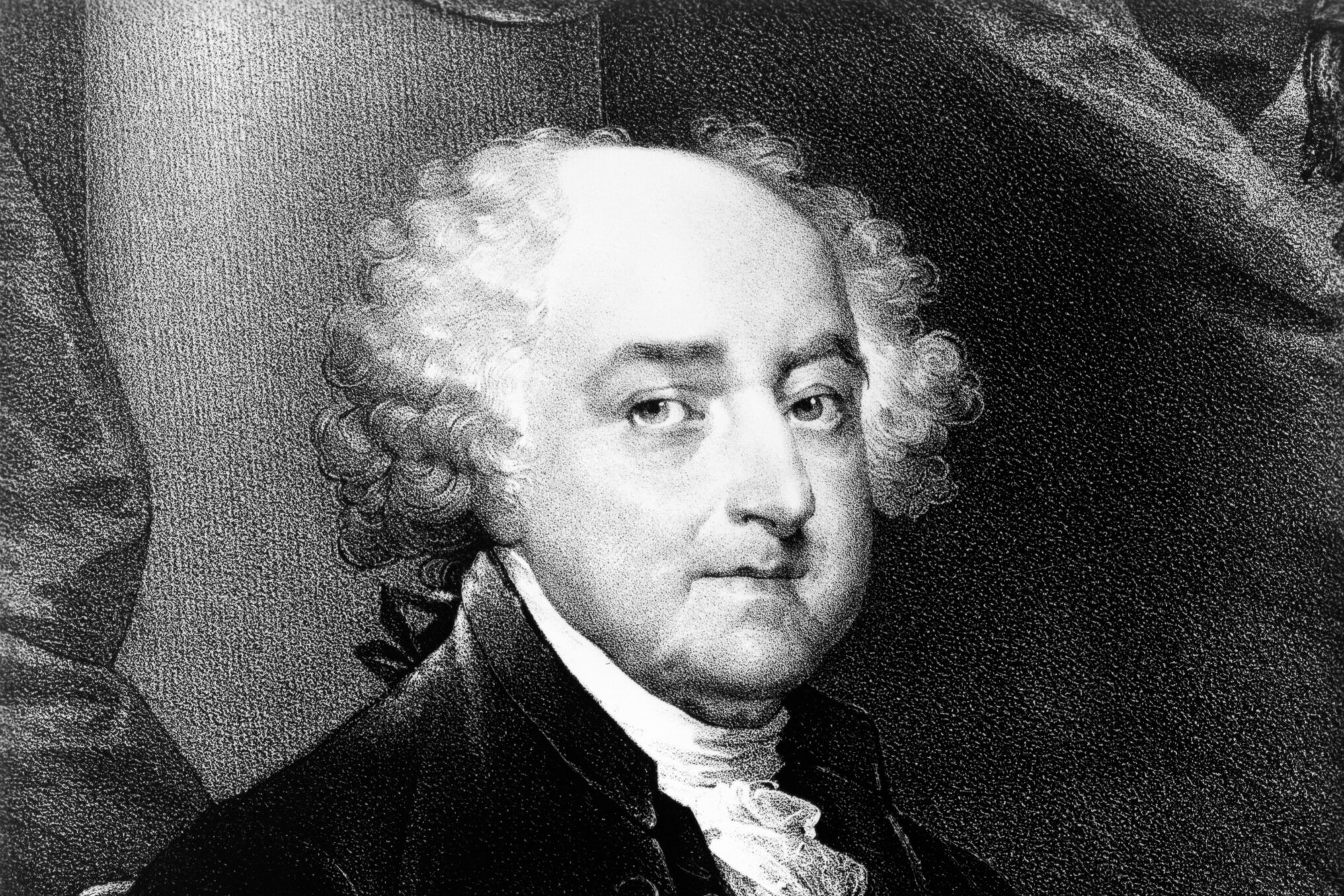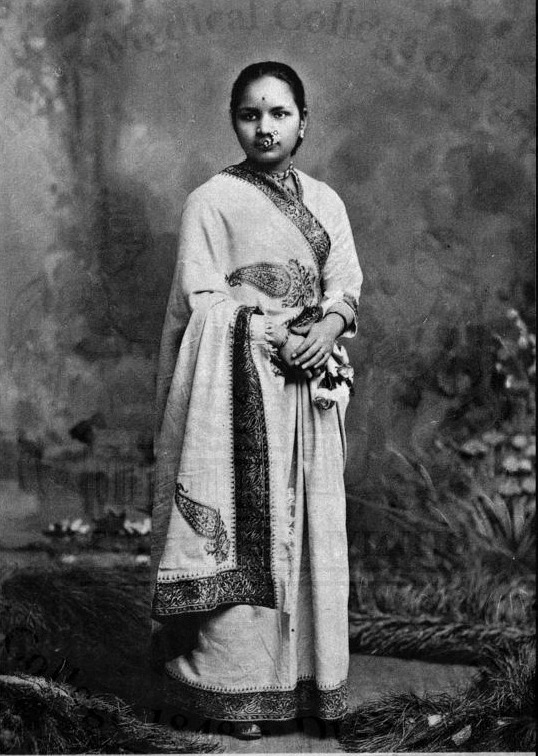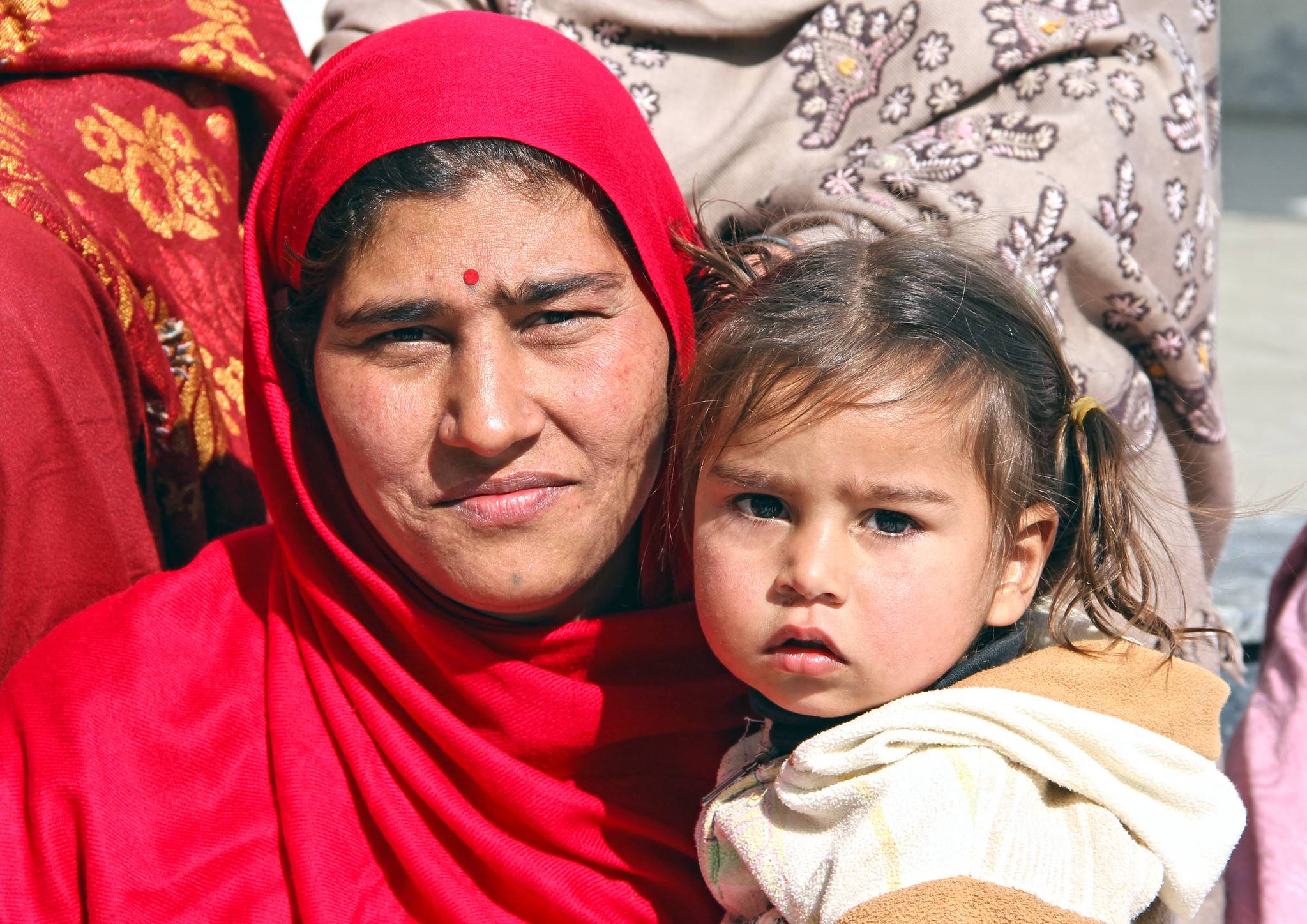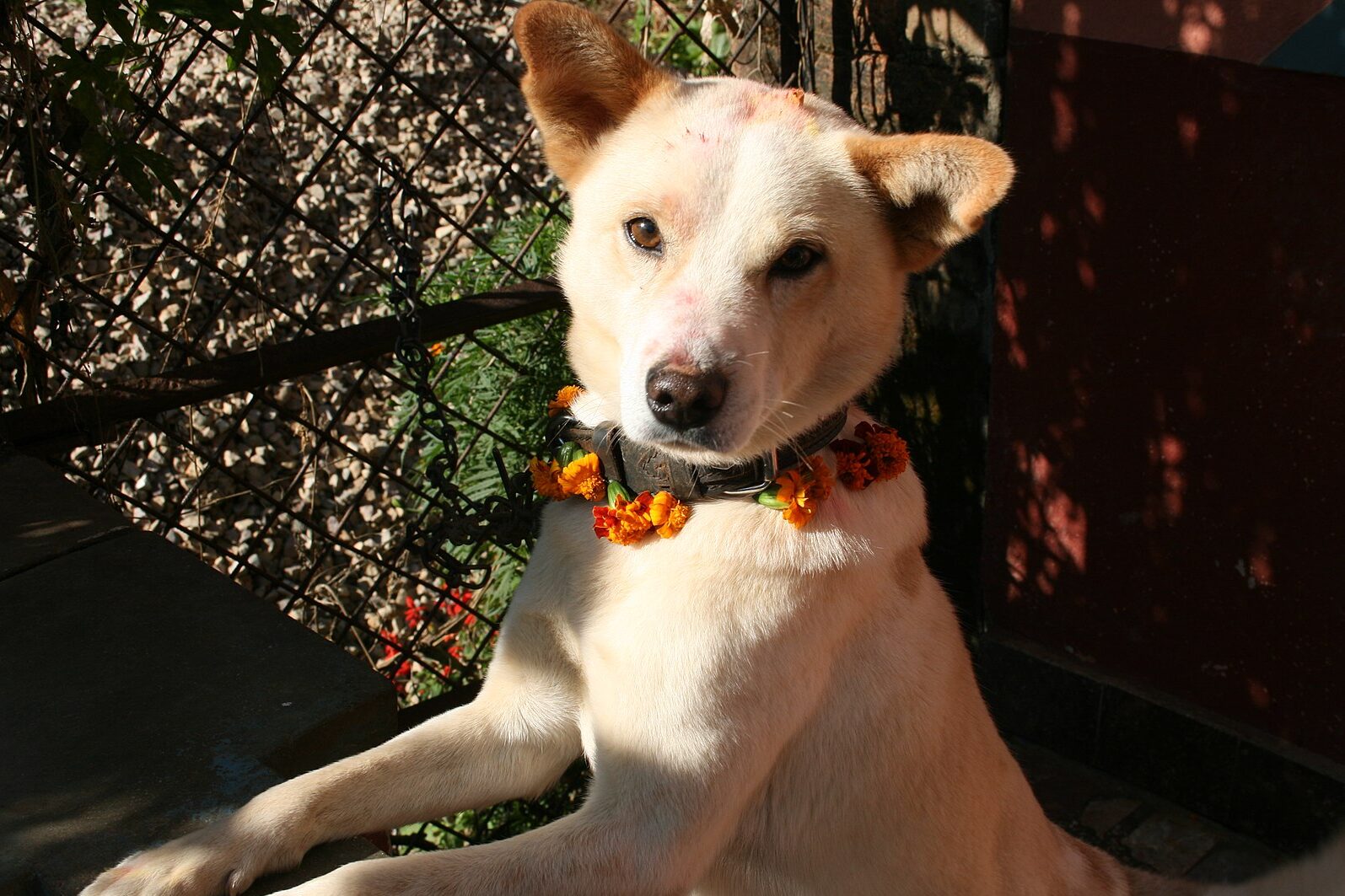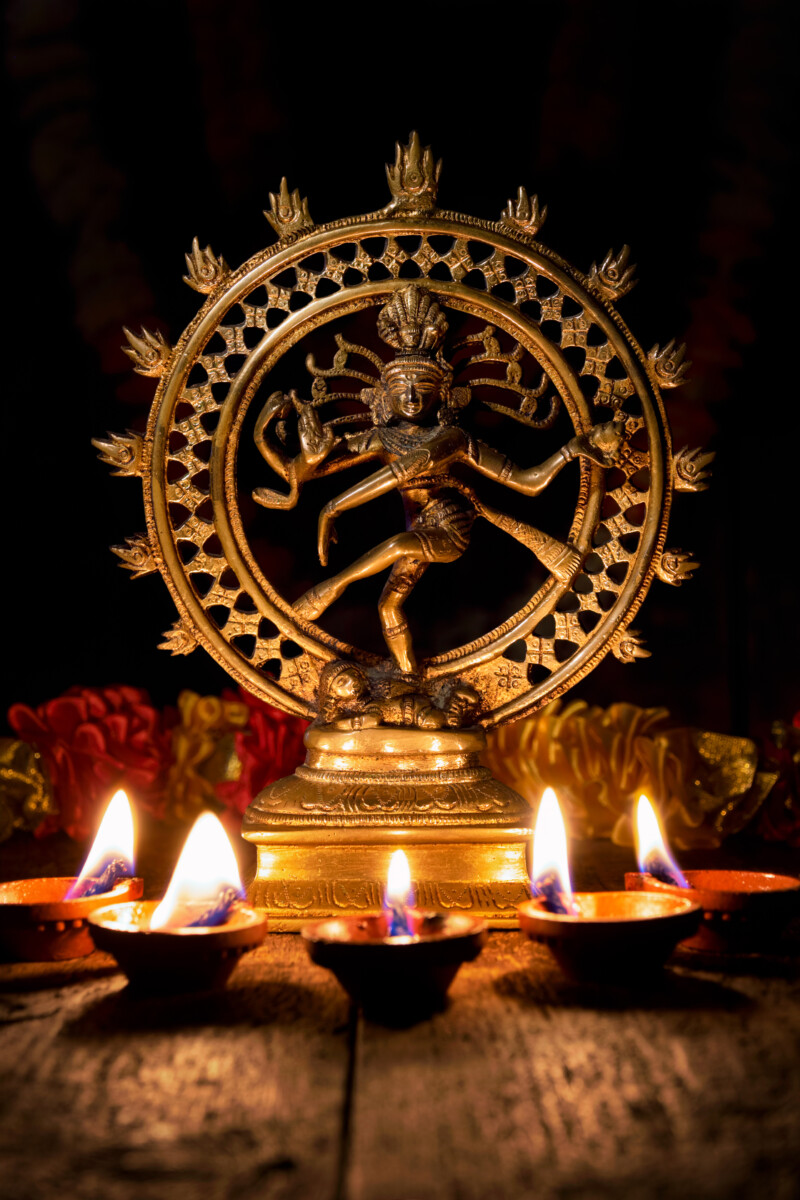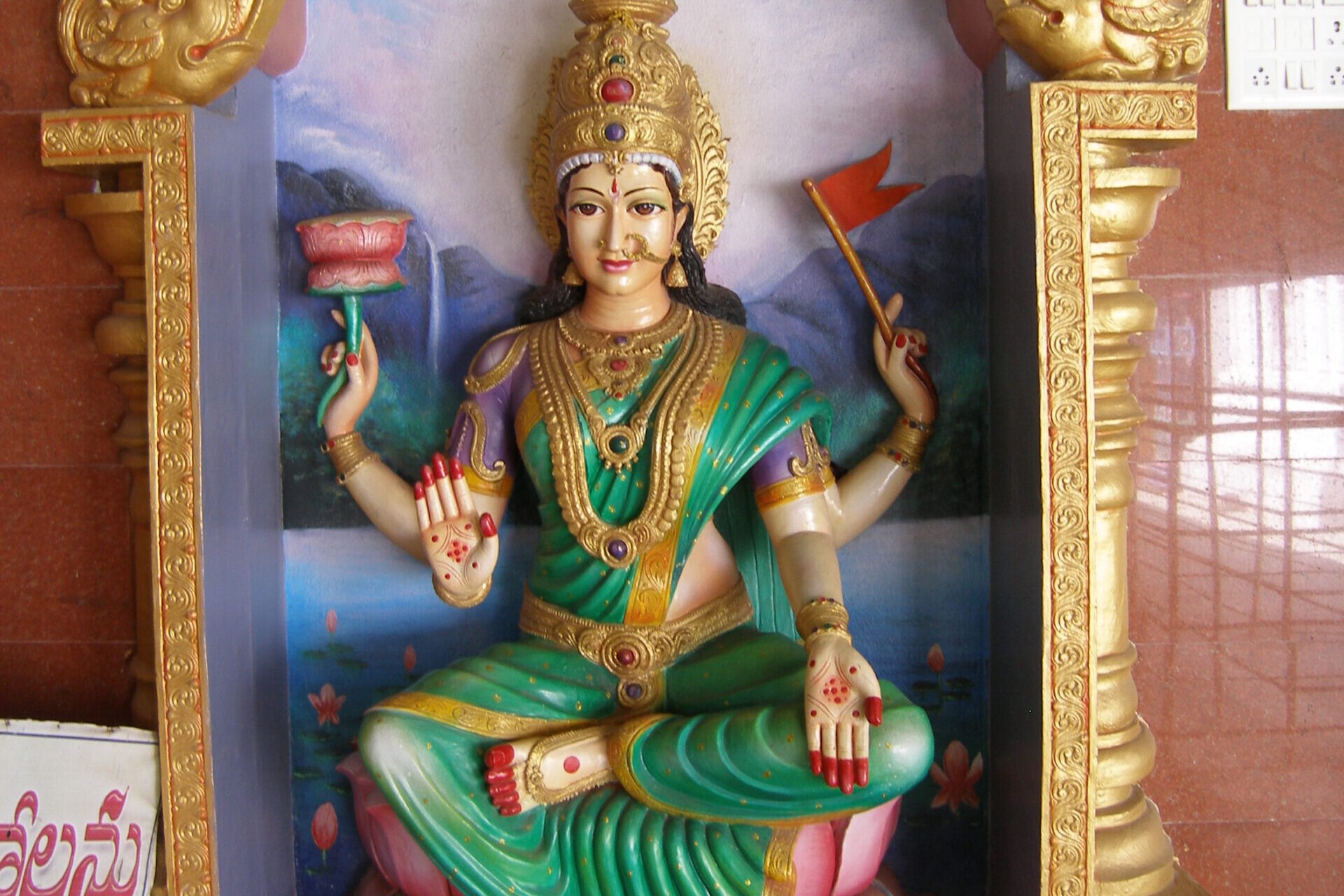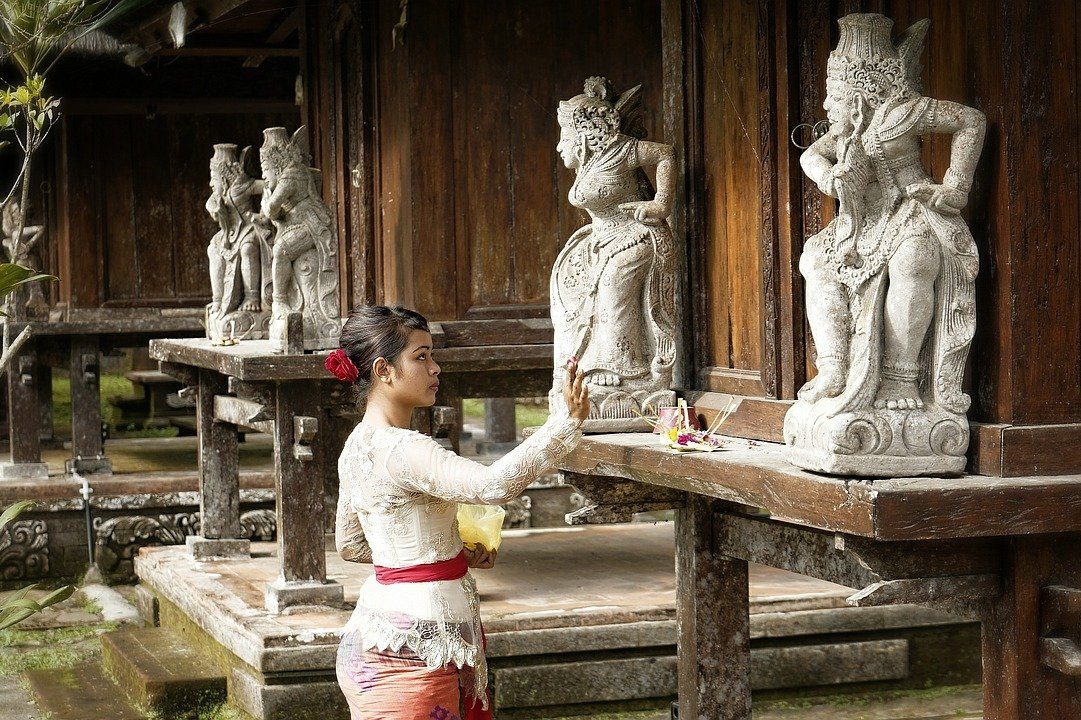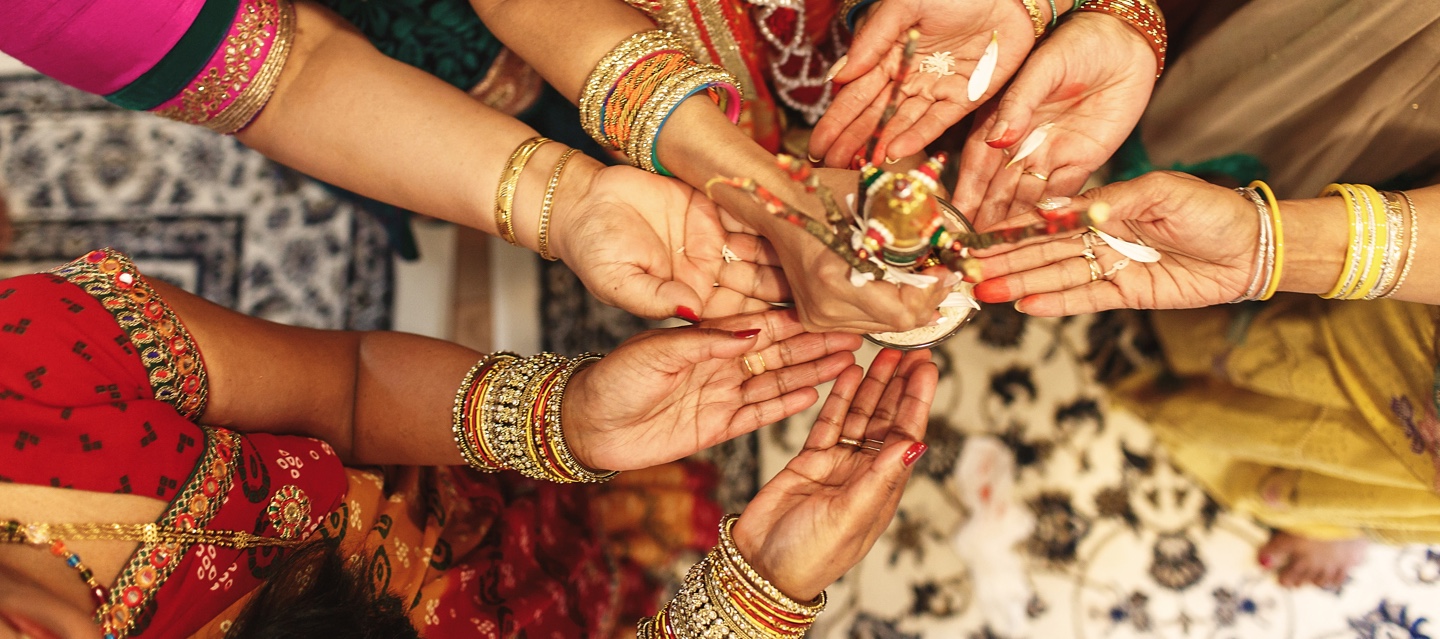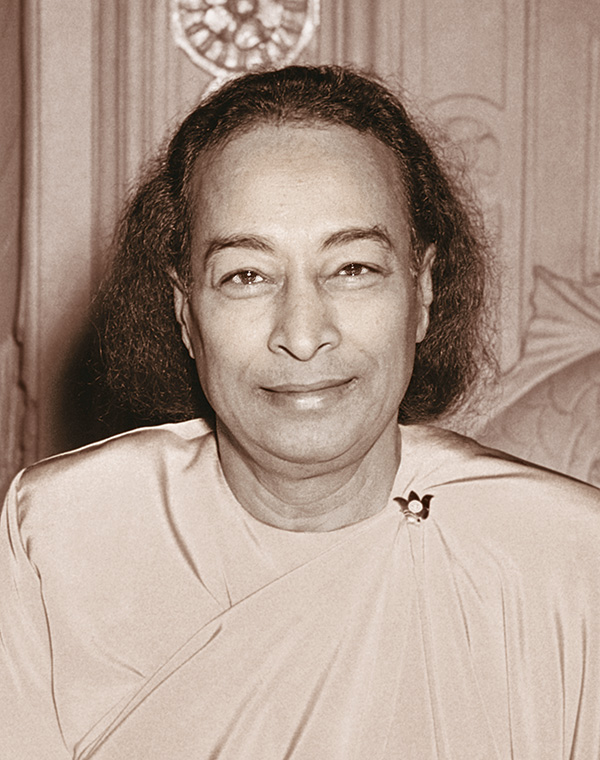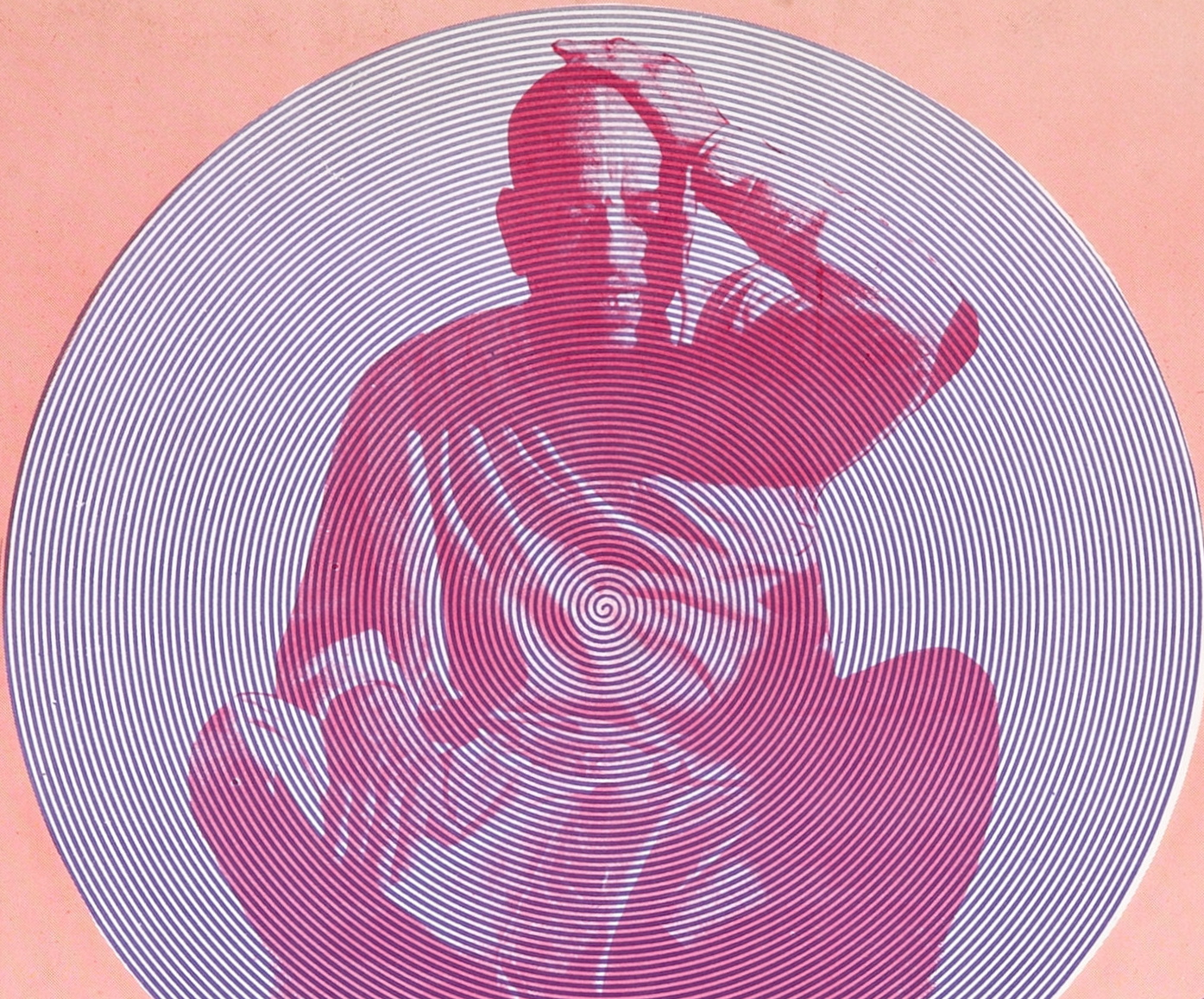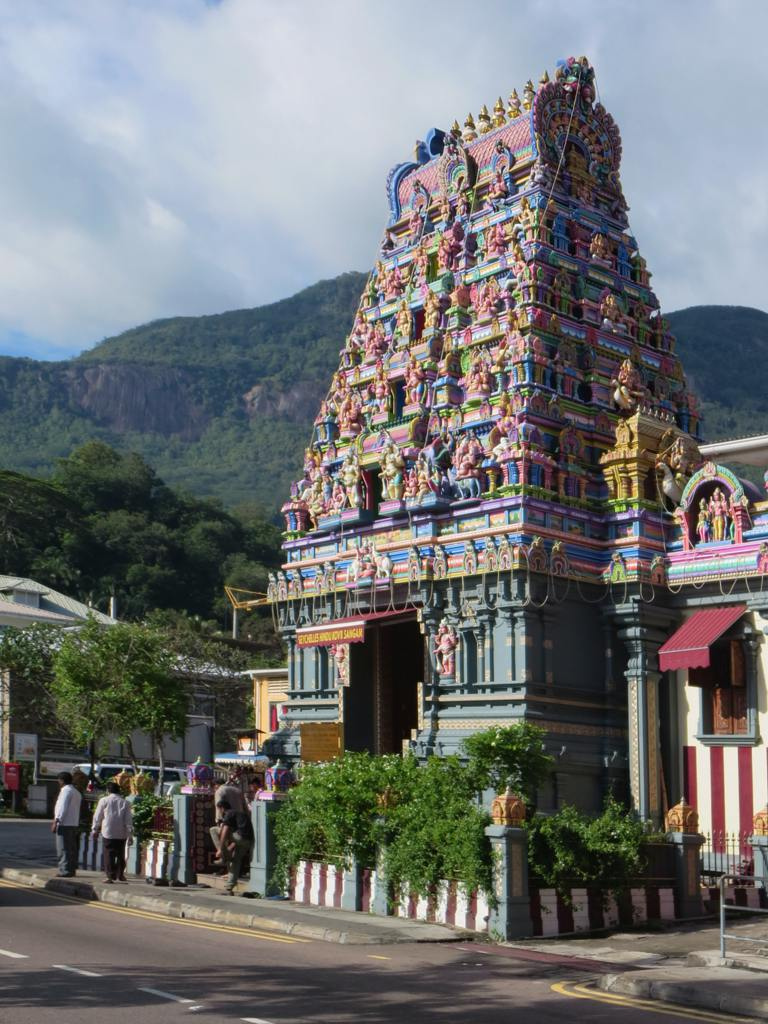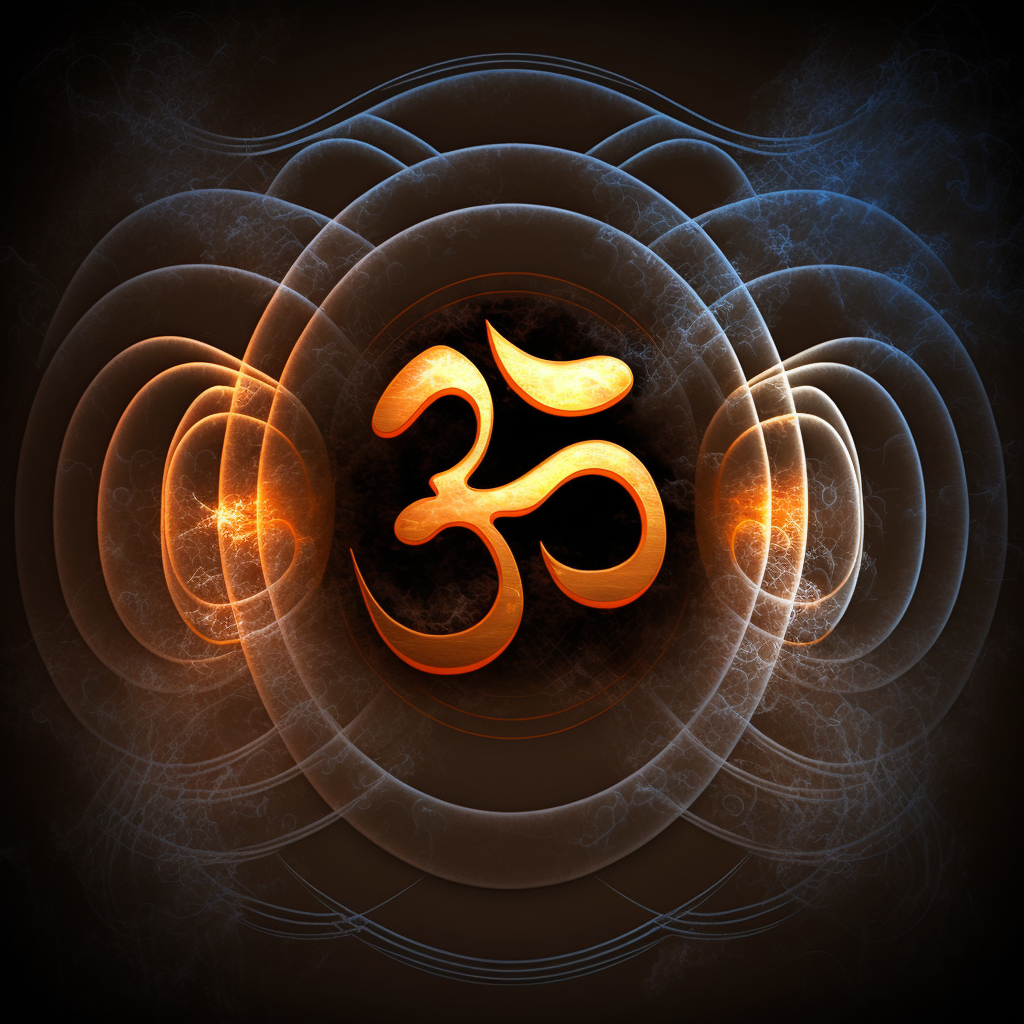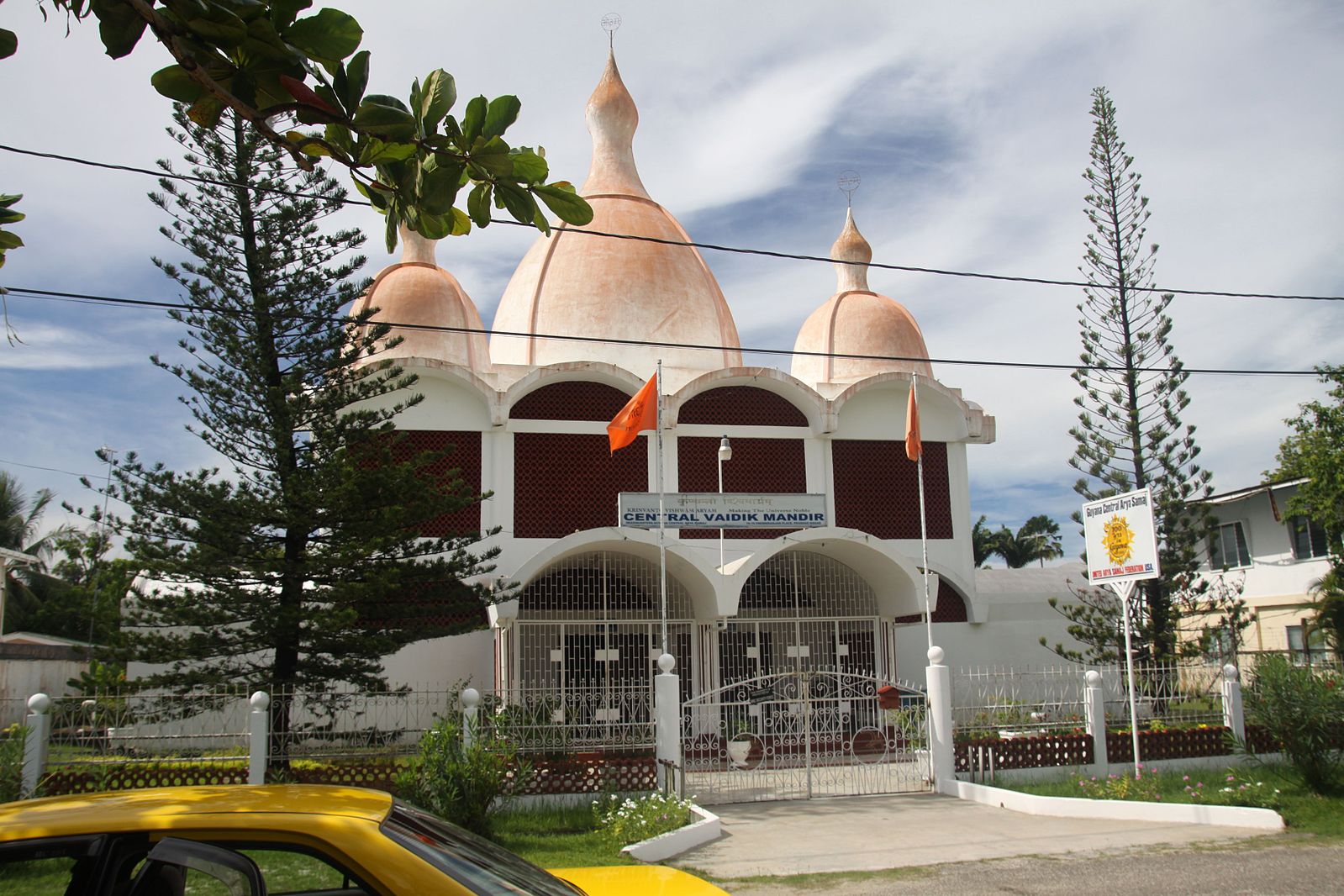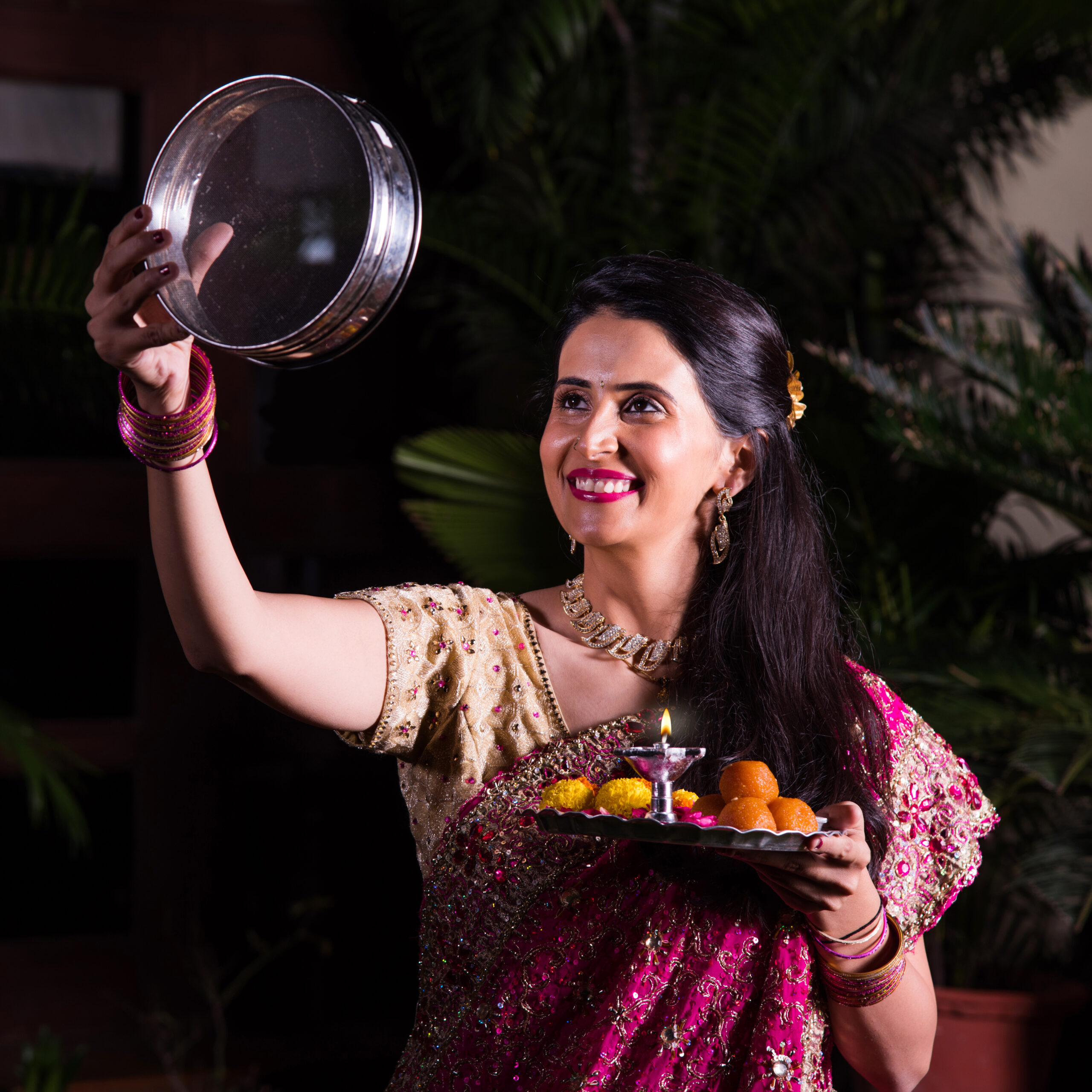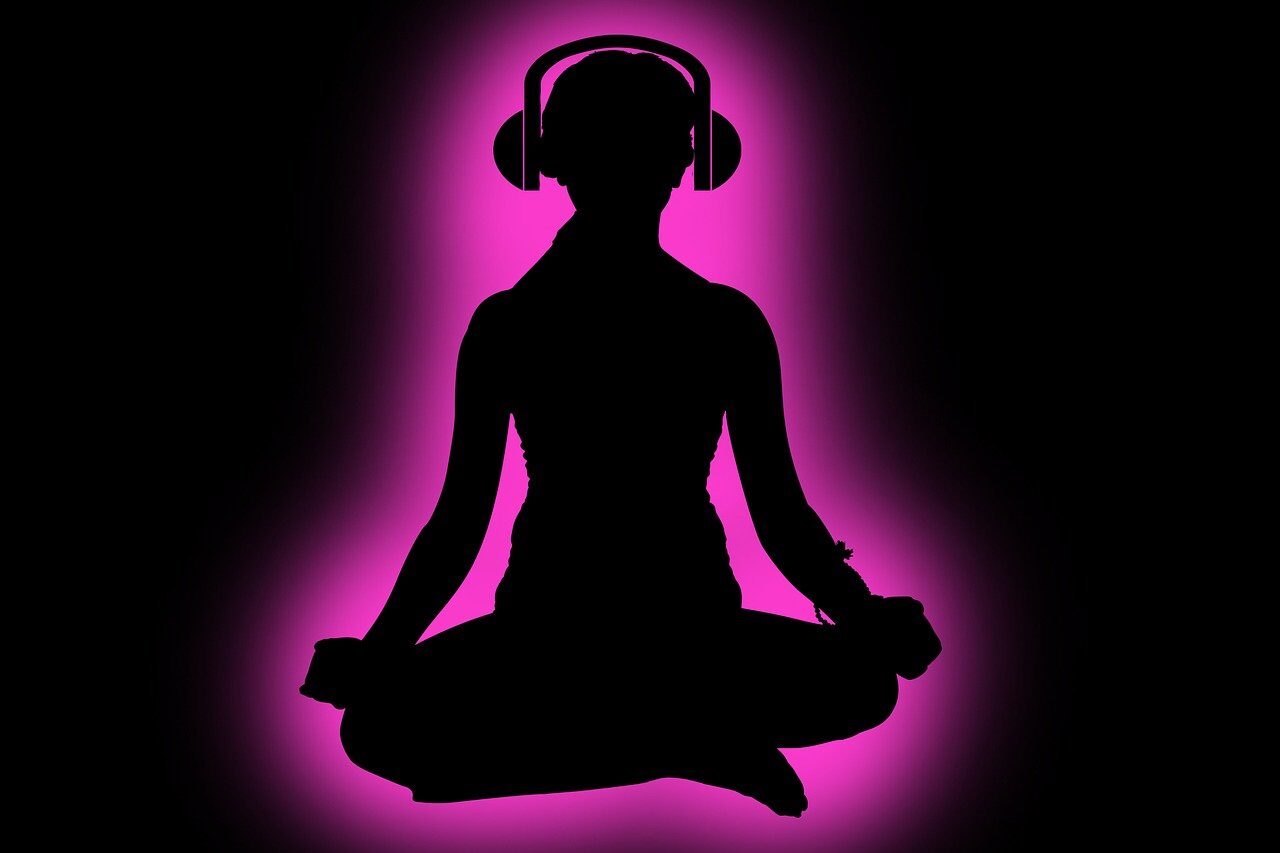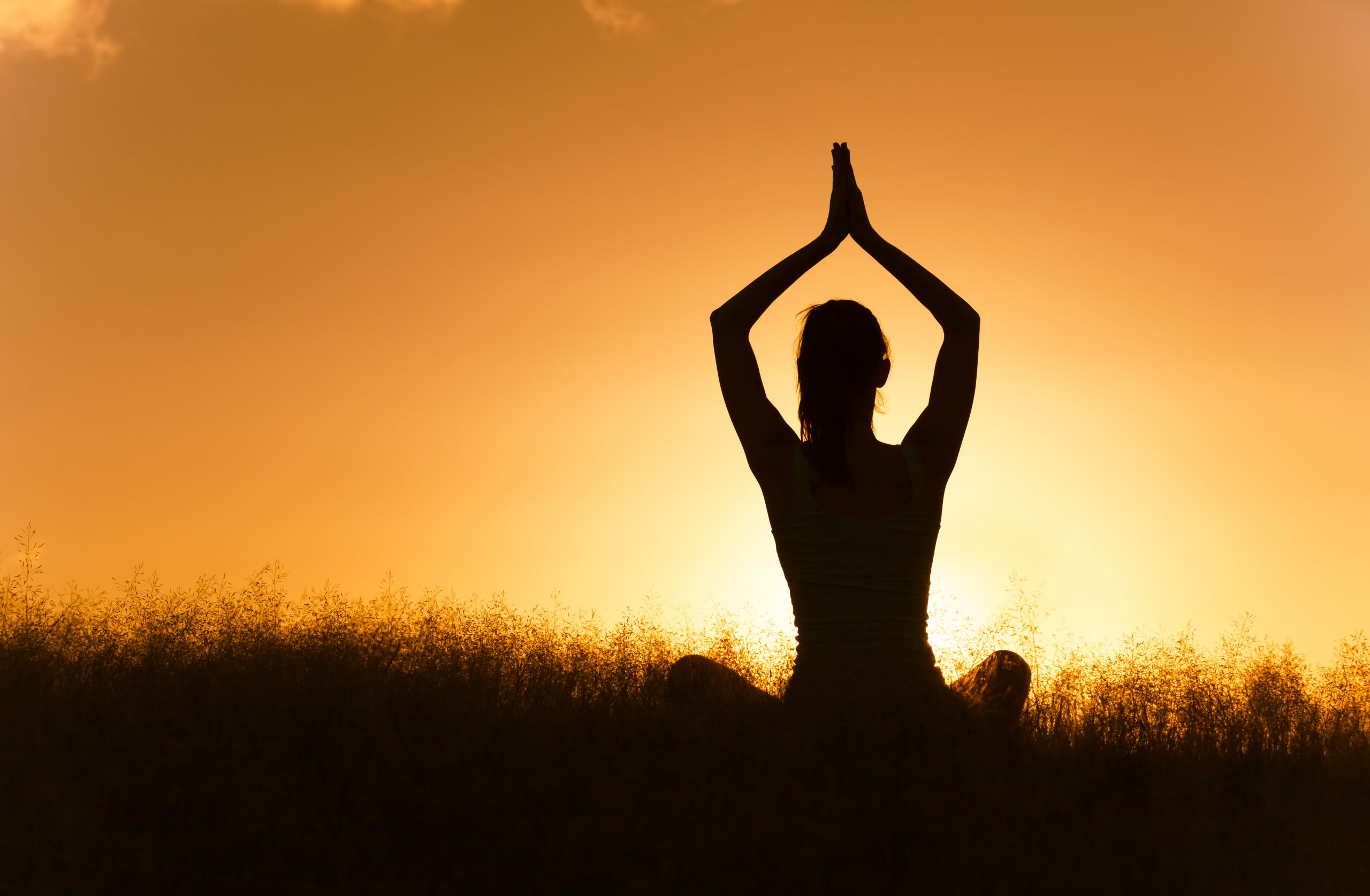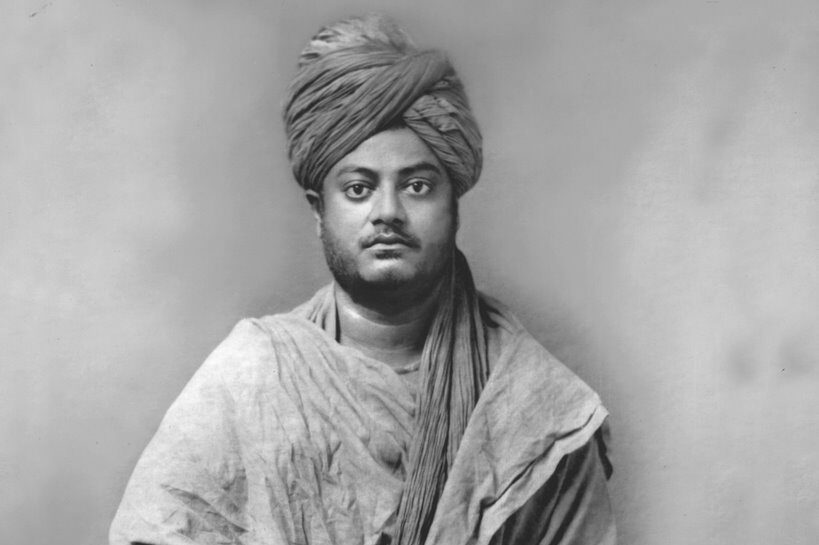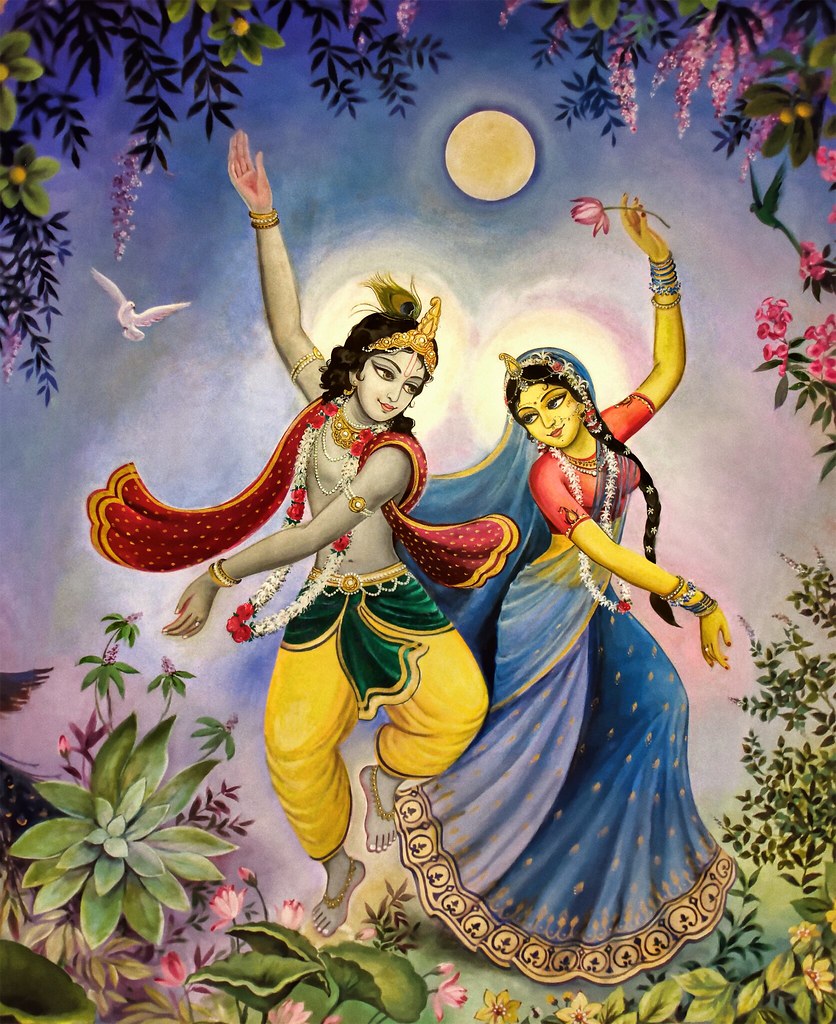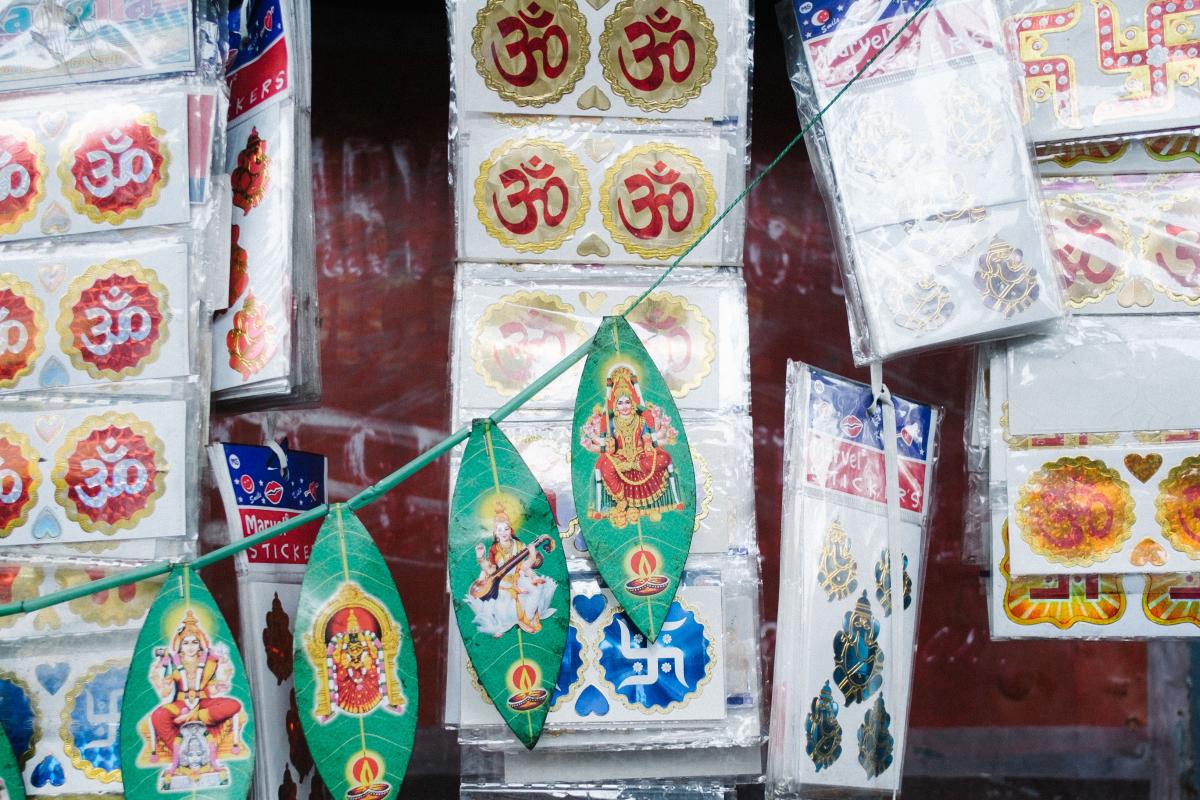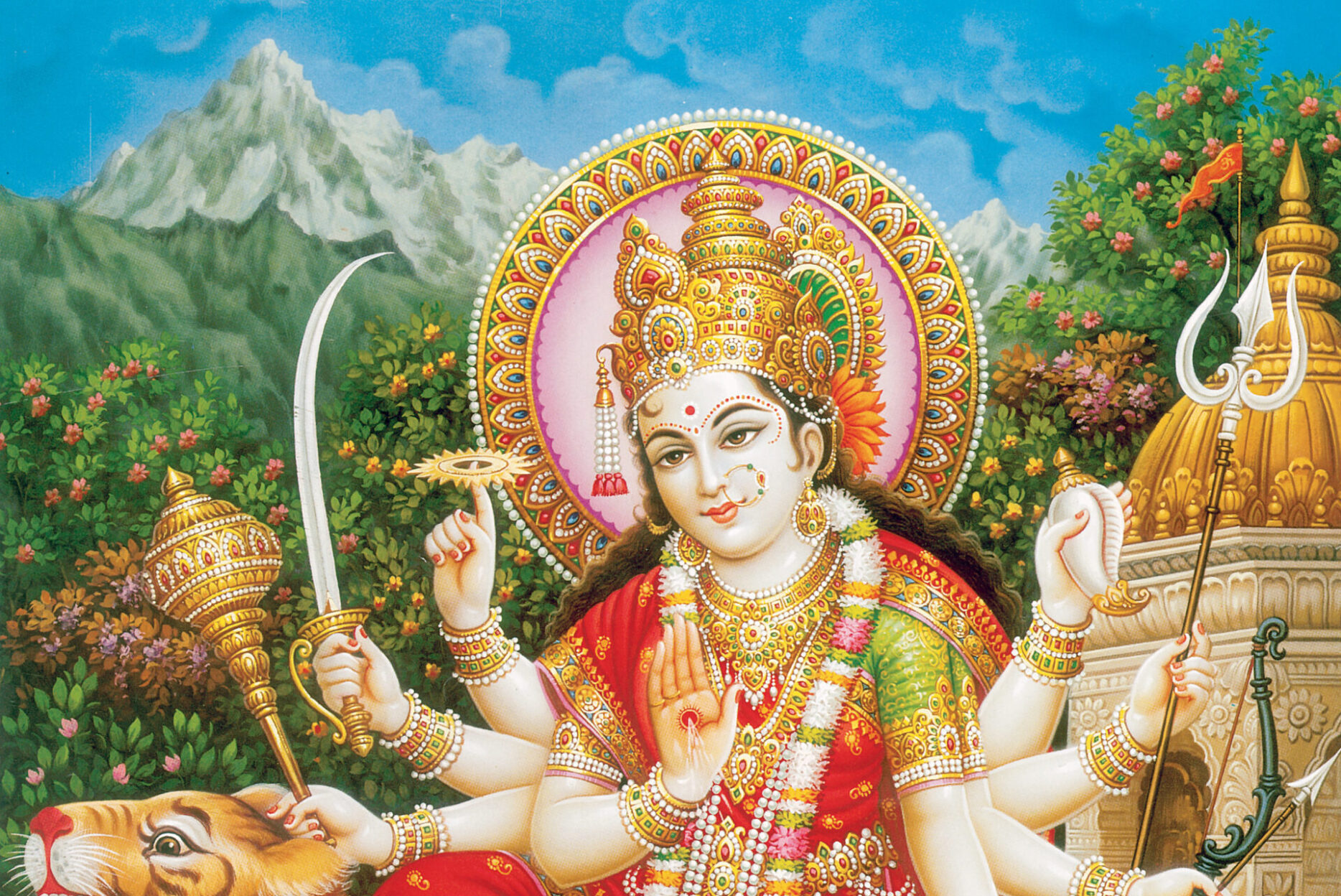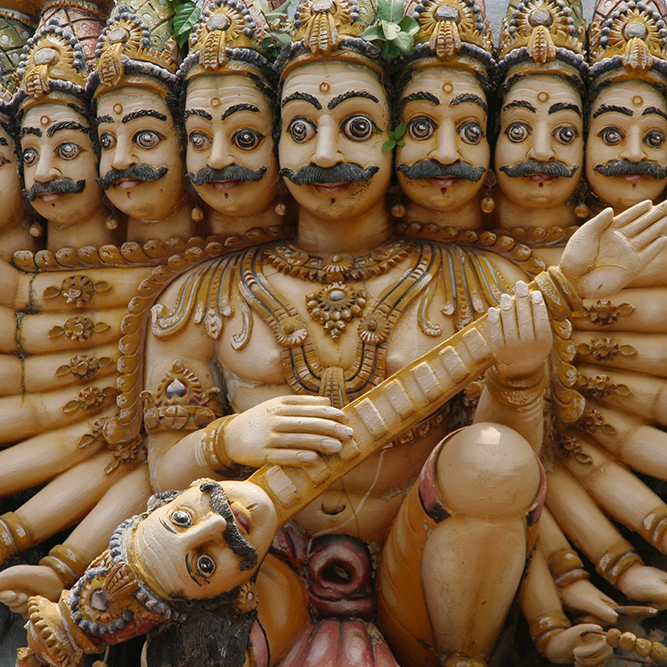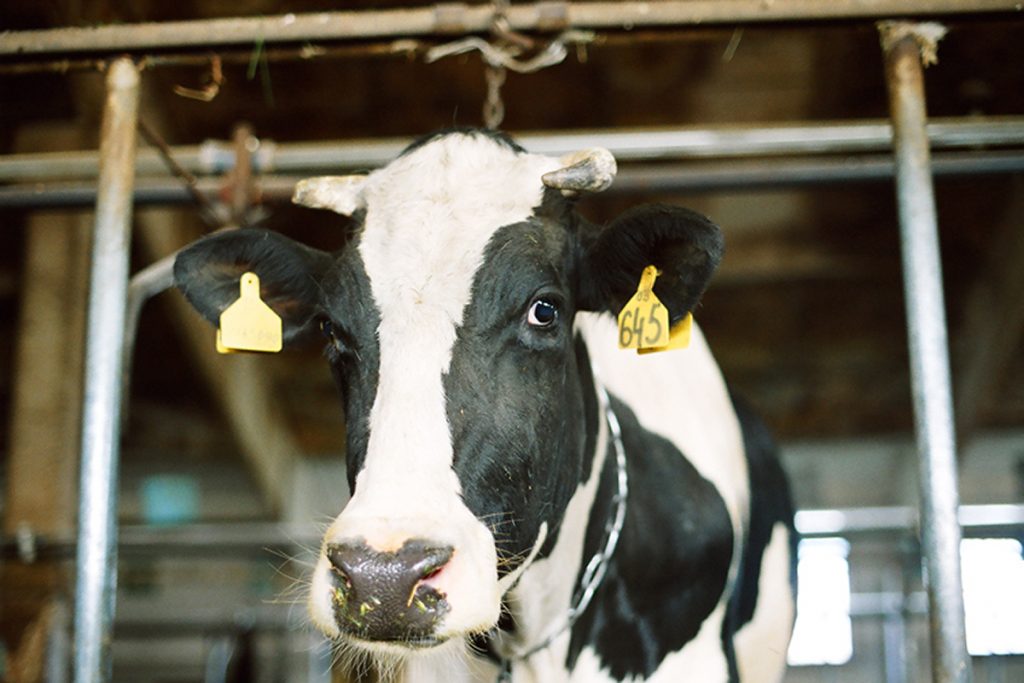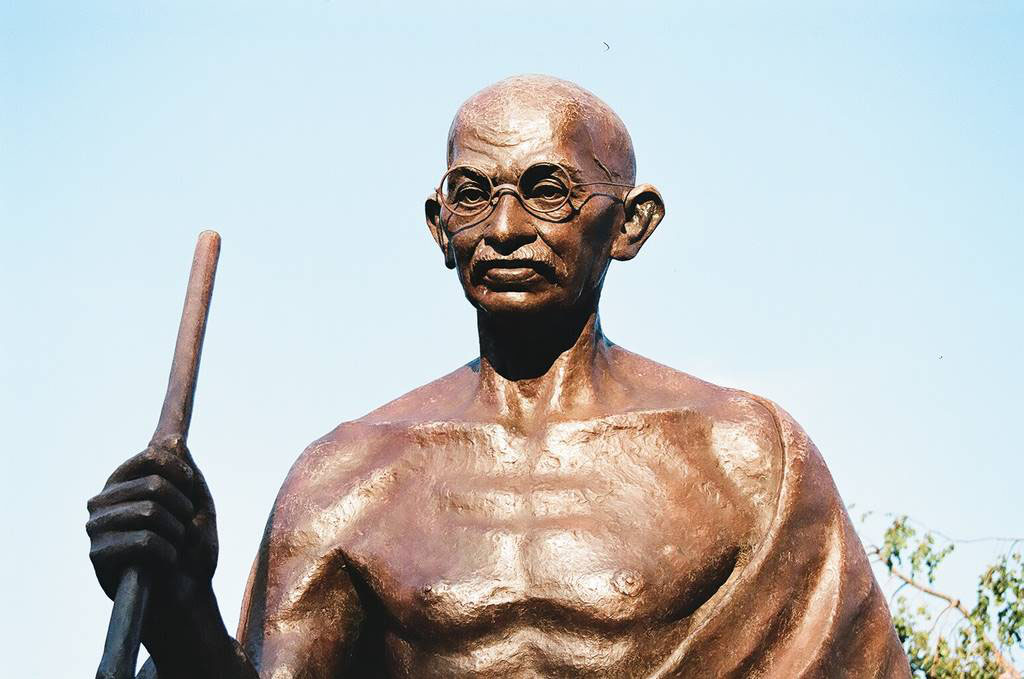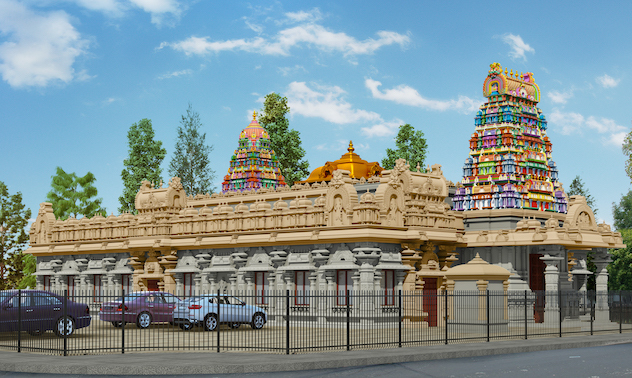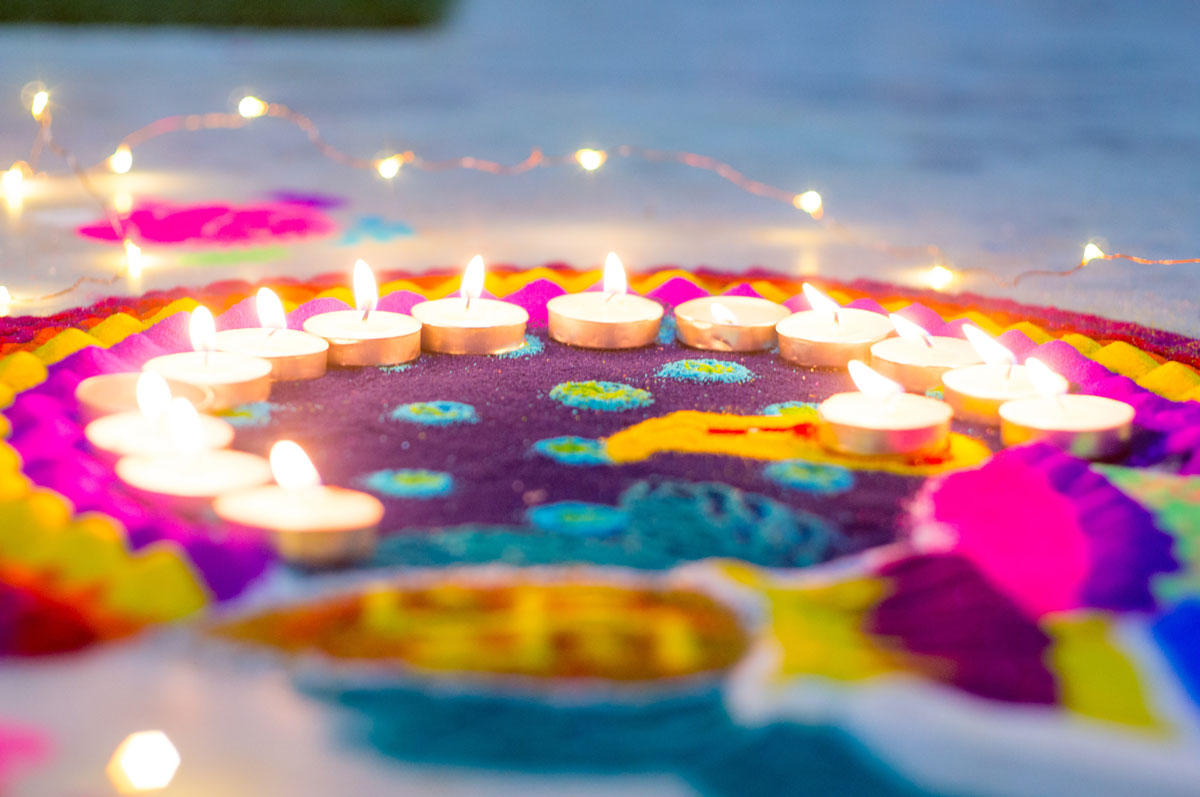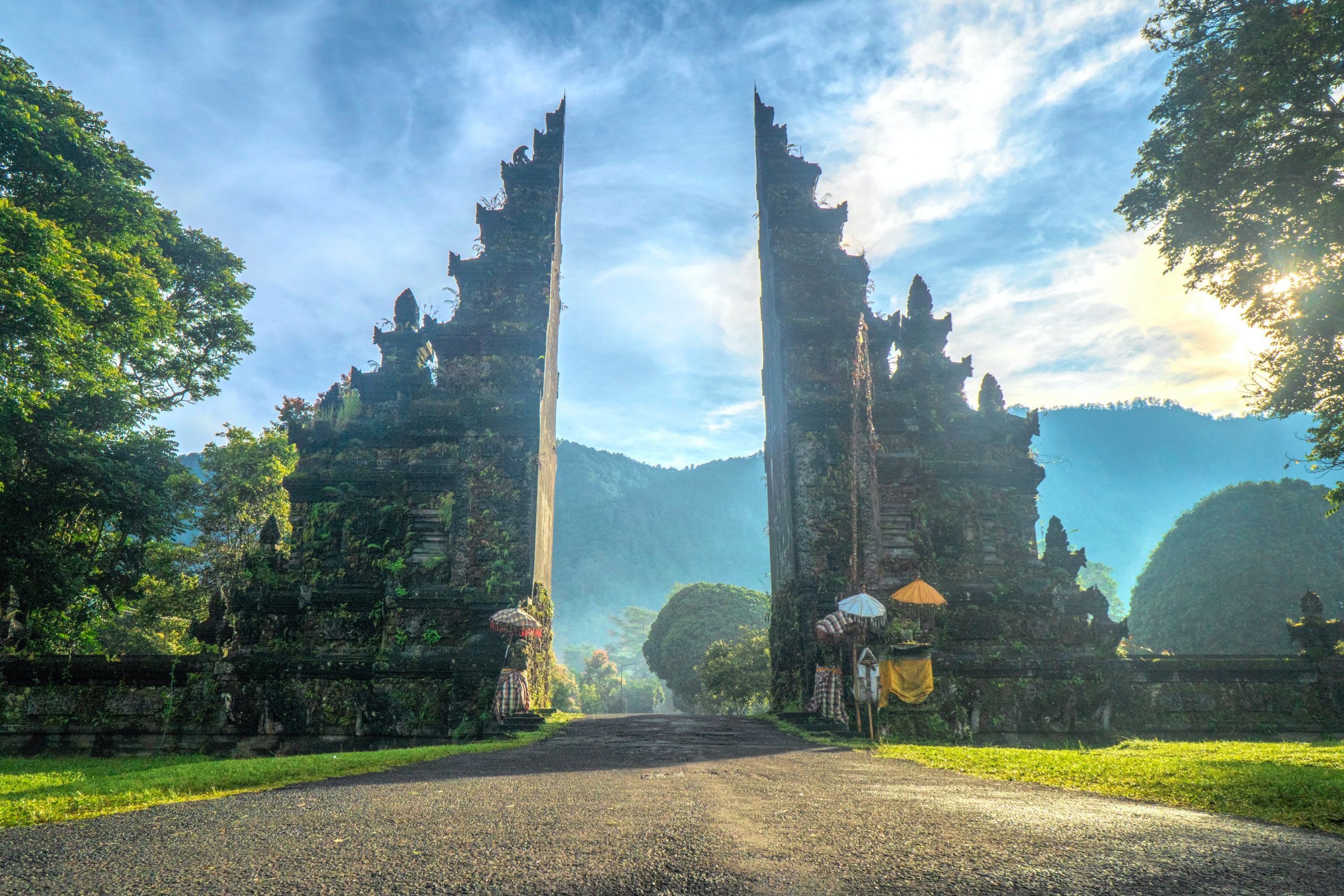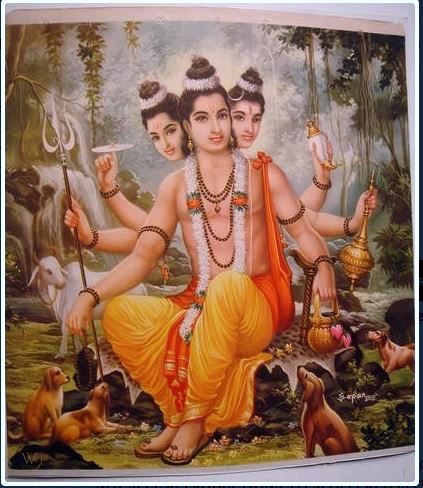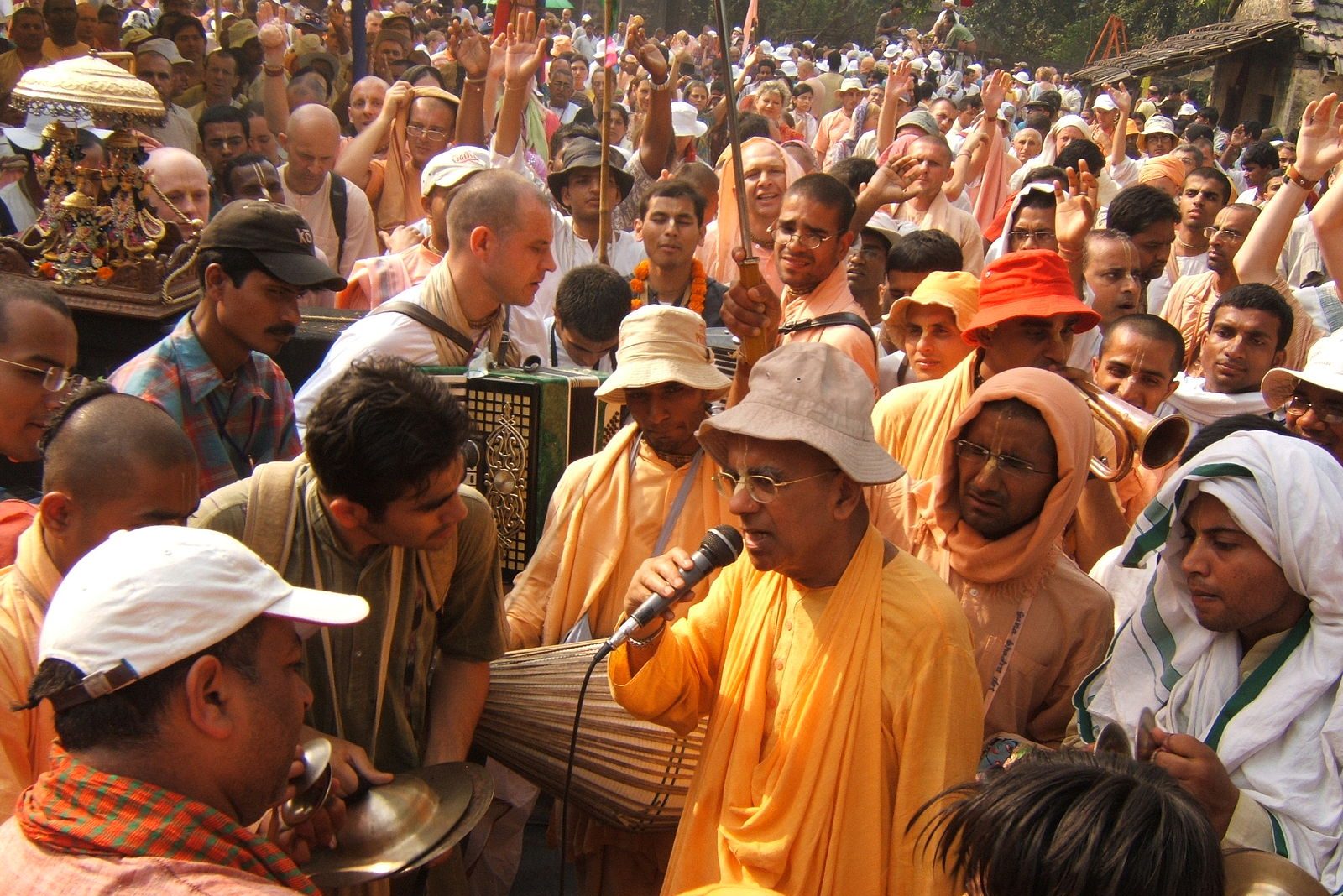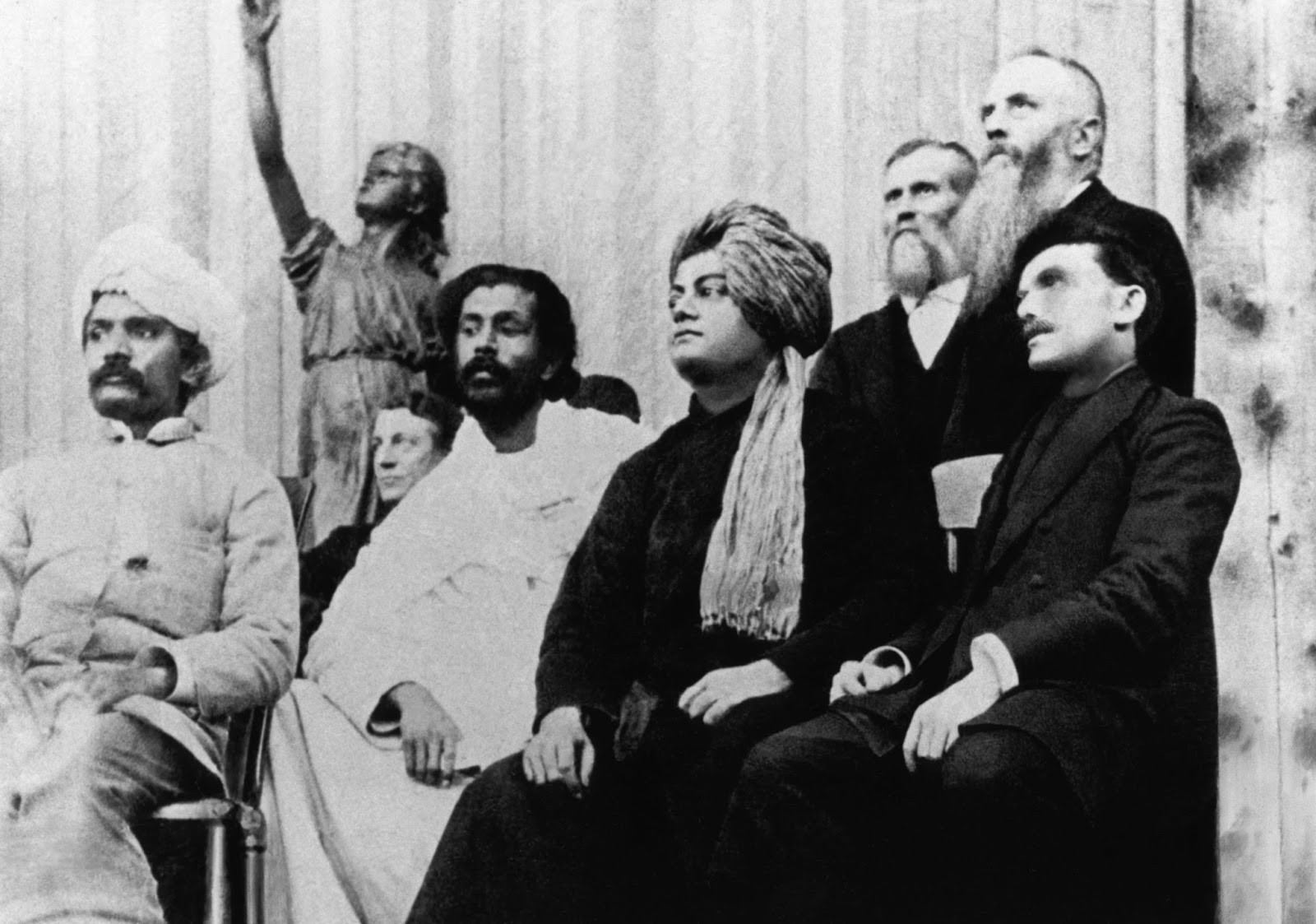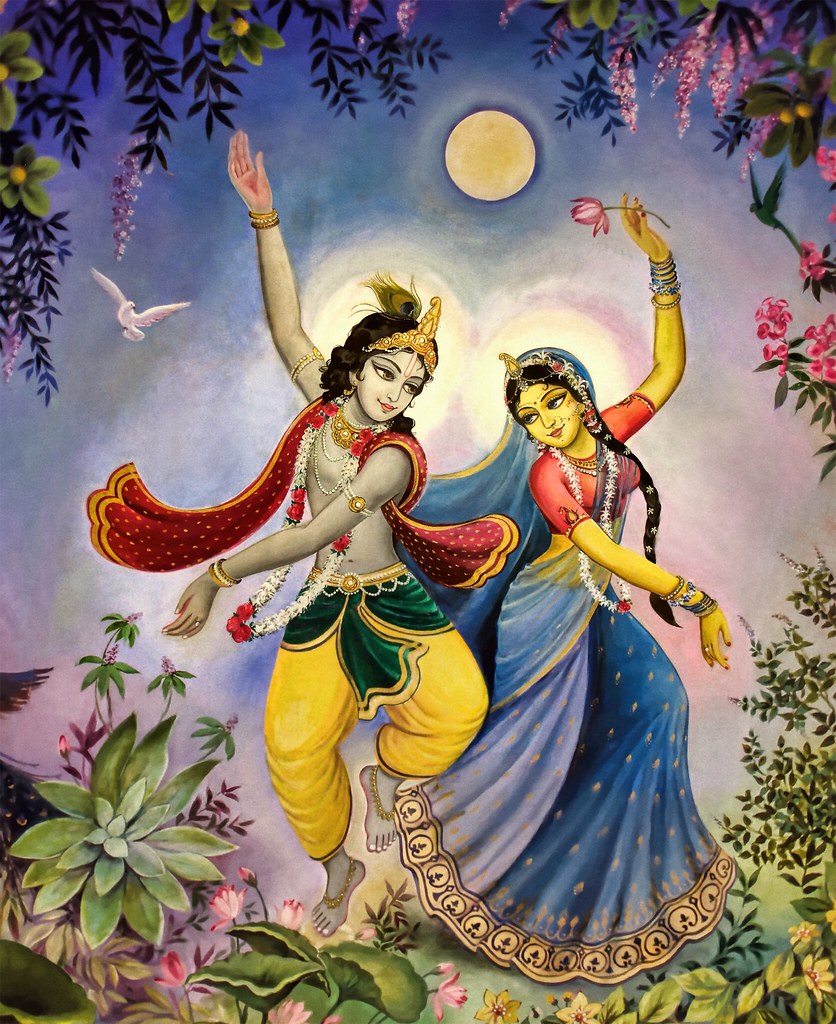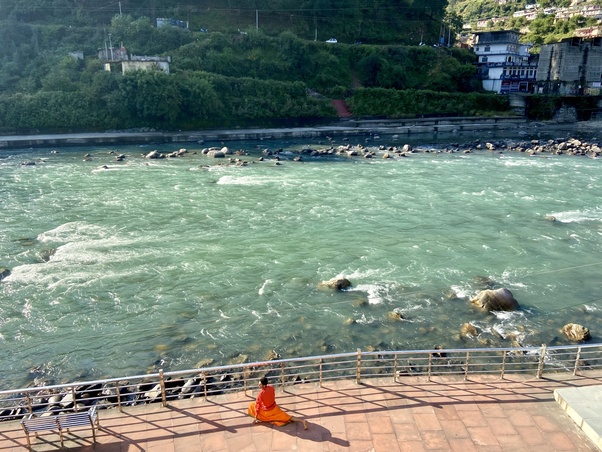
After visiting Nachiketa Tal, we returned to Yog Niketan Ashram, with our balcony over the Ganga. Hanuman Chalisa was echoing over the river on a loudspeaker, a gentle, slow, almost slightly melancholy version. I love those loudspeaker chants in the evening. Uttarkashi is so easy for me to settle into; I feel like I could live there long-term. I am very grateful I got to pause there for several days to absorb its deep spirituality.
View from my balcony on the morning of Oct 21:

I watched the man doing asana by the Ganga. He then filled two copper pots from the river, circumambulated the great pipal tree several times and reverently poured one pot of water on its roots, offered the other pot at a nearby Shiva shrine on the riverside, and then entered the Kedarnath Temple for morning aarti. I rejoice to know that as long as such people are on Earth, Sanatana Dharma is alive.
The reverence for the rivers and trees is everywhere
The animism is just constant here. You can simply look around and see acts of animistic reverence of the river and trees almost literally every minute, just as ordinary local people pass by. Here a married woman pours out a libation to Ganga; there an old man sits on a bench by the river and meditates. The pipal tree receives a constant stream of worshippers.
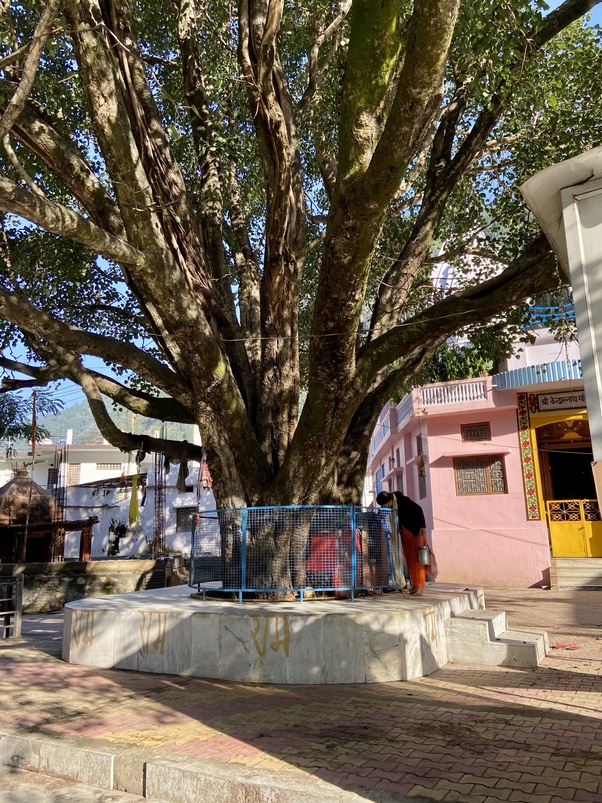
The primary spirituality of the people of the people of this whole valley, from Haridwar to Rishikesh to Uttarkashi to Gangnani to Gangotri to Gaumukh, is reverent communion with Nature Herself — to feel strong gratitude, love, and appreciation for Ganga, Surya, trees and mountains. It’s so inspiring to see such a steady stream of locals adoring Ganga. Local men stop for a few minutes on their way to work to commune with the river.
I did one more full snanam in Ganga together with some local men. That day I spent a long time on my balcony over the Ganga. I sang a Ganesha Bhajan, Ganga Stotram, Shiva Ganga Stuti, Ganga Chalisa, Ganga Ashtottara Shatanamavali, and Ganga Sahasranama. Also the day was Rama Ekadashi so I also sang a Krishna Bhajan and Vishnu Sahasranama, and offered dhoop and golden raisins to Vishnu.
With the electricity out, fireworks kicked off Diwali early
That afternoon, a huge lightning bolt struck Uttarkashi and took out the town’s electric grid for some hours. Locals seemed to take this as a signal to start some early Diwali fireworks, setting one off every once in a while. Seasonal jewelry stores were opening up, marketing for women to buy gold on Dhanteras, and for men to buy gold for their women.
A fellow initiate and I also went deeply into Siddha Kunjika Stotram, practicing it and discussing its various mantric components.
That day was also a special cow veneration day (Govatsa), so I fed a bunch of golden raisins to a street cow outside the ashram gate. I always find it really fun to venerate cows.
That evening I went to the special Rama Aarti for Rama Ekadashi (not as close a match as the English transliterations of the names imply; Ramaa Ekadashi is named for Ramaa, Lakshmi) by the Ramanandi monks in the Kedarnath Temple. It was a very nice aarti, with ringing bells and the beautiful blowing of a conch shell. The monks are very pleasant and welcoming, handing out printed bhajan lyrics for everyone to sing.
The day was wonderful, steeped in the timeless golden depth of Bharat, so richly spiritual and fulfilling.
Dawn on Oct 22, taken from standing in the Ganga at Kedar Ghat:

The weather on this day was absolutely idyllic. I walked along Kedar Ghat to the east. River worshippers were to be found everywhere. A local teenage boy, dressed in fully modern Western clothes, brought a copper pot, filled it in the Ganga, and offered it to the pipal tree, not hurrying but taking a moment and clearly connecting with the tree.
I talked with him afterward, and was very pleased to hear the sincere devotion and engagement in traditional spirituality from even the young generation in Uttarkashi.
More and more I feel like Uttarkashi is a home away from home for me. I feel disinclined to even think about the outside world when I’m there.
Today was Pradosh, a sacred day for Shiva, so I went to Rudrabhishek in Kashi Vishwanath Temple. I also went to Rudrabhishek of the ancient Kedarnath Linga in Kedarnath Temple, sheltered by a nice five-headed golden Naga. The deep mysterious love of Shiva is so rich.
The day was also Shani Trayodashi, especially auspicious because it fell on a Saturday. A path leads west along the river from Kedar Ghat to the Punjab Ashram, across from Yog Niketan Ashram and just fifty feet from Anandamayi Ma’s Ashram. The Punjab Ashram contains the Rudreshwar Temple, in which Shani and Hanuman sit peacefully beneath a large Pipal tree. On this special day — Shani Trayodashi on a Saturday — Shani and Hanuman were both covered with a steady stream of mustard oil offered by worshippers.
Later that morning we took a walk to Kuteti Devi Temple, outside Uttarkashi town proper to the south, across the river. Beside Kedarnath Temple, a new footbridge links the main town of Uttarkashi with the new bypass road on the south side of the Bhagirathi Ganga. We crossed that, then walked 2km up tiny, winding hill-paths and through people’s backyards to reach the temple on a gentle saddle in the hill.
The story goes that a woman from Kota, Rajasthan married a man from Uttarkashi and moved here. She badly missed her beloved Kuladevi, Kuteti Devi, from her natal home, so the newlywed couple prayed to the Devi. Kuteti Devi appeared in their dreams and informed them that she would appear in the form of stones in the field across the Bhagirathi River from the Vishwanath Temple. When they woke, they went there and found three stones with heavenly aromas on the hill overlooking the town of Uttarkashi across from Kedar Ghat. They built the Kuteti Devi Temple enshrining the sacred stones.
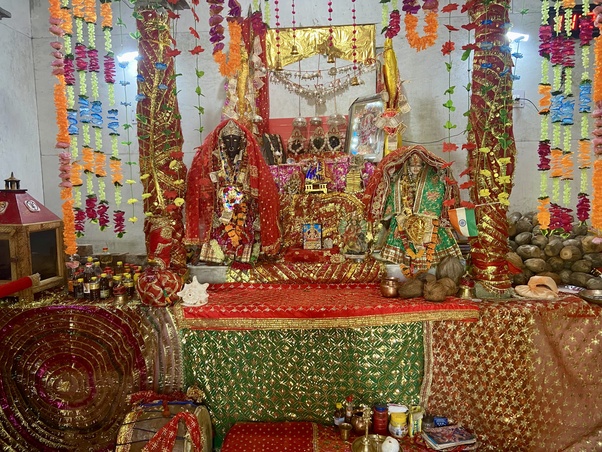
The priest there was very friendly. He and I chanted Siddha Kunjika Stotram together and discussed it, and I sang a festive bhajan, Meri Akhiyon Ke Samne hi Rehna Maa Sherawali Jagadambe. The temple also has a beautiful view of Uttarkashi from up on the hillside, looking across the Bhagirathi Ganga river from Kedar Ghat.
Also across the river from Manikarnika Ghat, several kilometers west (downstream), is the ancient Maha Kaleshwar Temple, surrounded by lush green fields southwest of town. This peaceful temple is sacred for the veneration of Shani and Maha Mrityunjaya to overcome death, disease, and obstacles, especially on Trayodashi on a Saturday.
To the top of one more mountain, to Bimaleshwar Temple
That afternoon we went up to the very peak of Varanavata Mountain. We took a taxi up as high as the road goes, then hiked one kilometer up the foot trail through the woods from there. We passed a donkey lying down in the shade, lazily swishing its tail, and also spotted two mongeese on the mountain.
On top of Varanavata Mountain is Bimaleshwar Temple, the seventh and final of the Sapta Vishwanath Temples.
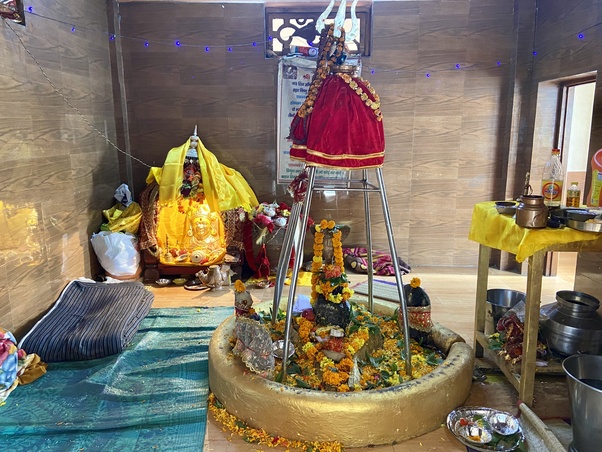
That face behind the yellow curtain in the back corner is Kandar Devata. In this temple we got the best of all worlds: we meditated alone in the inner sanctum for some time, then had a private puja with the head priest, and then the full public aarti and prasad.
We hung out at Bimaleshwar for some time, then wandered down through the woods into Sangrali village, which contains some more interesting shrines, including another temple to Kandar Devata.
In fact, according to locals, Kandar Devata used to stay a lot of the time in his Sangrali village temple; now he’s mostly staying in town.
This is what the villagers’ houses looked like, with slate roofs and mud walls. We saw local women hand-quarrying slate from the mountainside and breaking it with hammers for roofing, while their toddler children ran about freely:
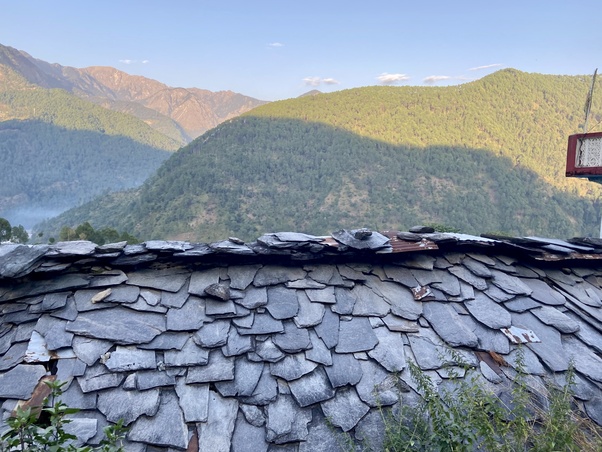
From Sangrali, we found the footpath down the mountain into town. It was a nice walk; we just asked villagers along the way to point us correctly as we wound among tiny paths through the terraces. The sun was setting, and grass-cutter women were carrying the day’s last loads back up to the village. Wild hill-pigs and monkeys abounded on the walk down. The pigs came almost close enough to touch. And of course cows and dogs are always everywhere. As night fell, Diwali season was really starting up, with people bursting crackers and putting up lights.
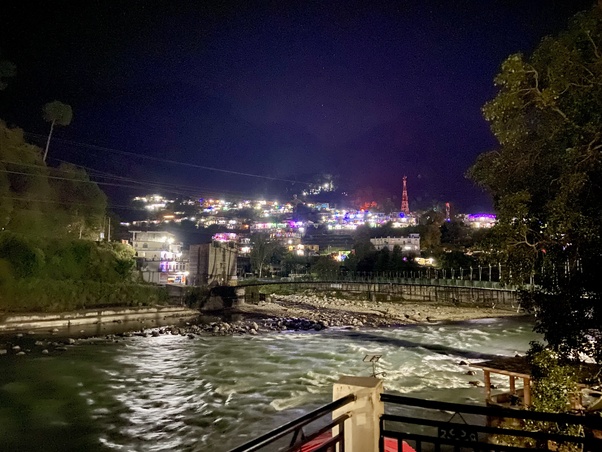
The next day, October 23, was the real first day of Diwali. There were lots of cheery bells hung up everywhere. But on this day we left; we took a taxi to Dehradun Airport and flew to Delhi, and then on to Kathmandu, continuing our travels.
A note: Though I undertook this trip in the autumn of 2022, information on the temples and places visited presented at the links in this article are current as of mid-2025. Logistical details of getting between places can change quickly, however, and individuals should verify the latest information from other sources.
All photos in this article © Devala Rees.


